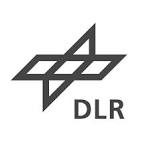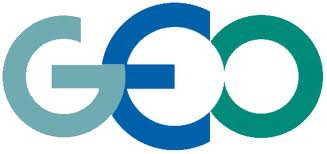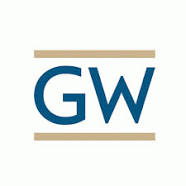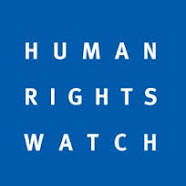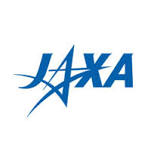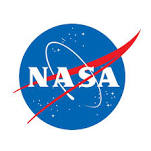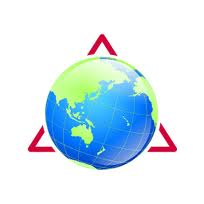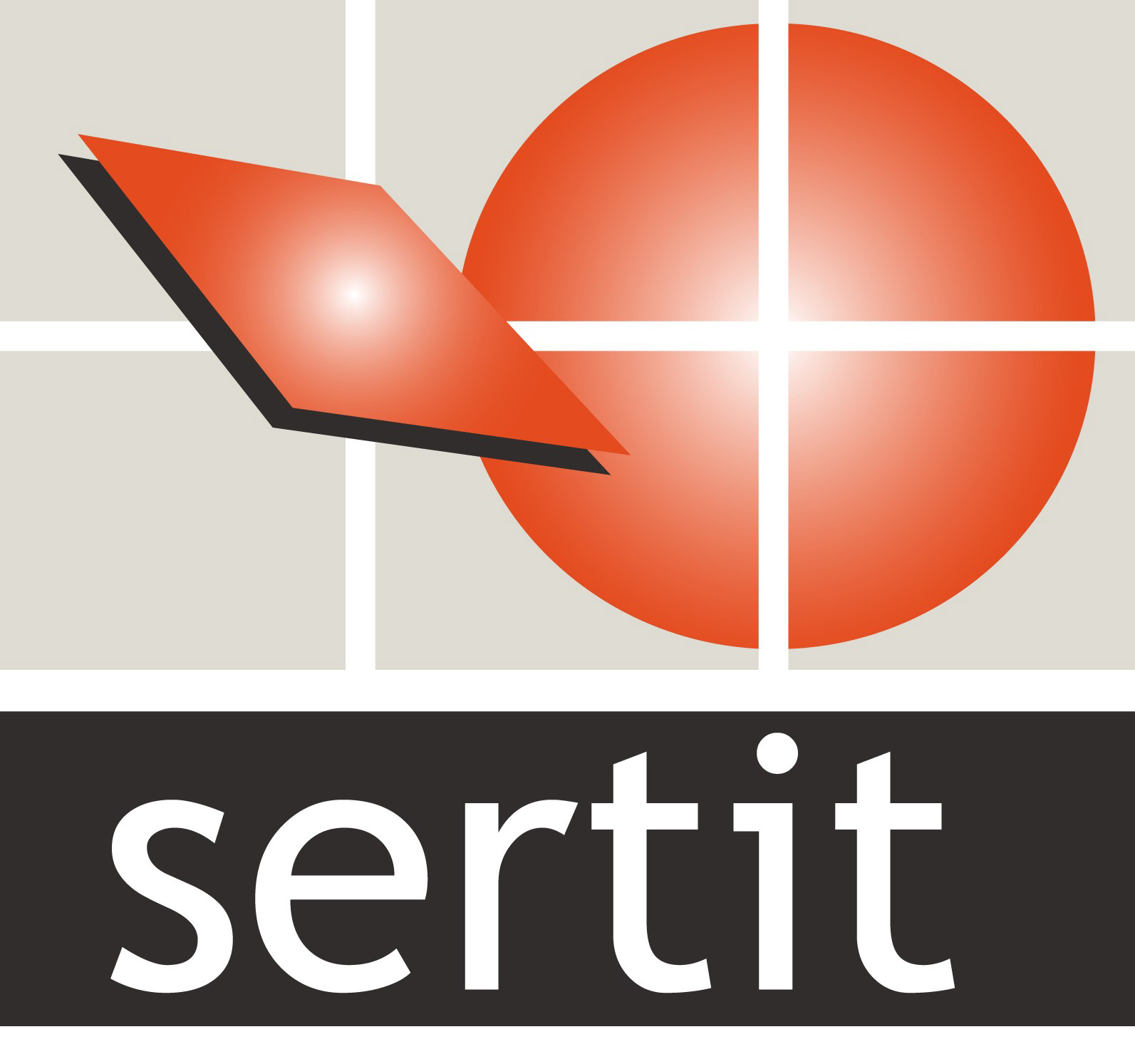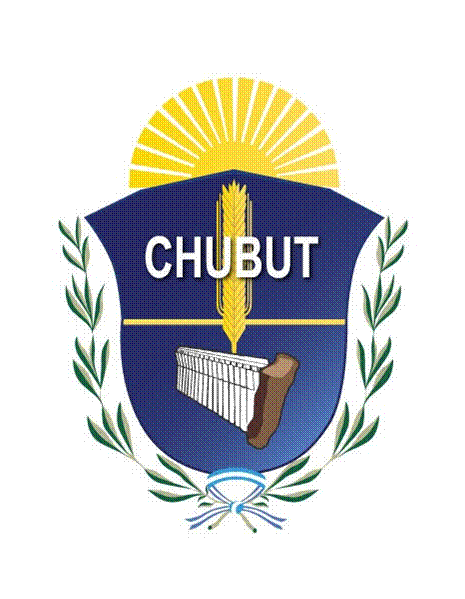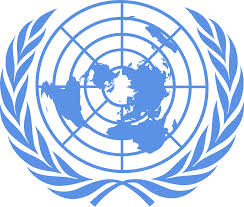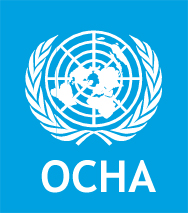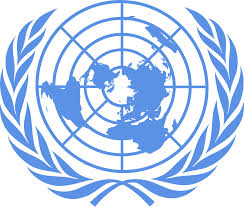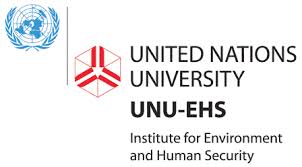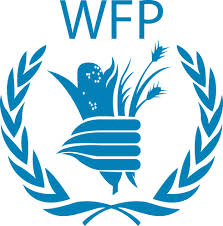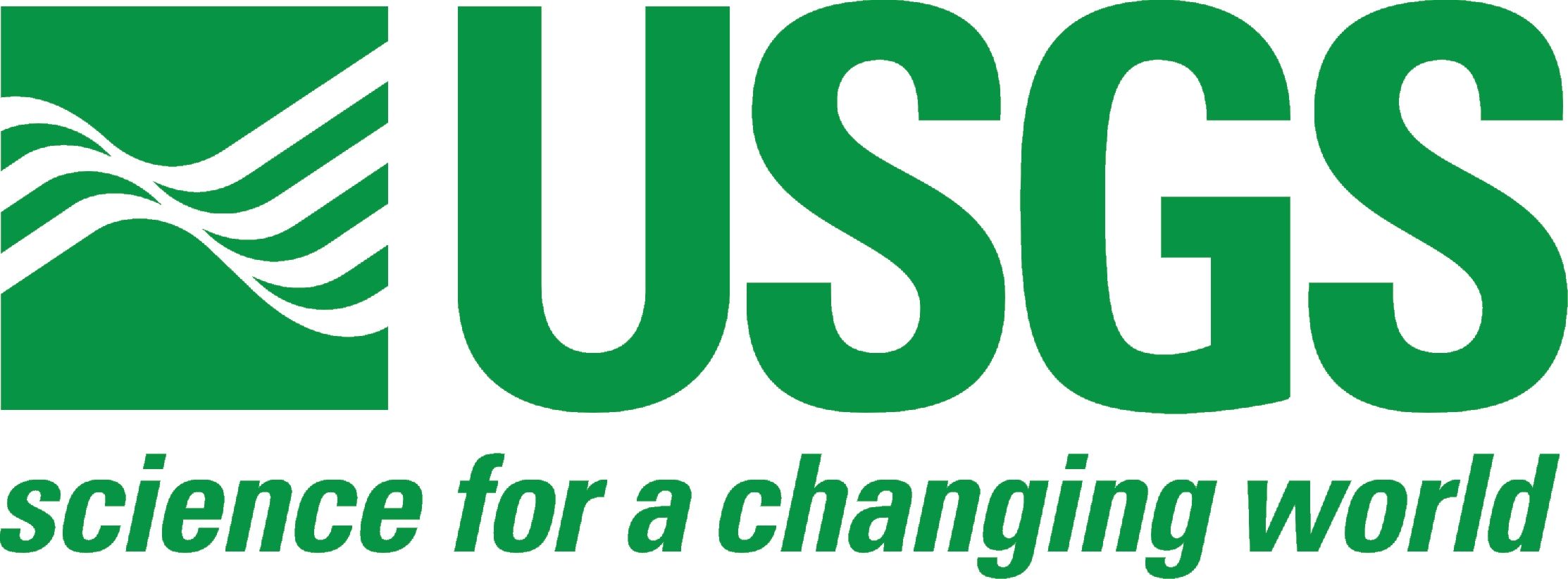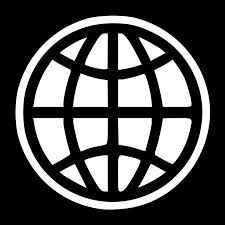Background
Over the last decade, the use of Earth Observation satellites to support disaster and emergency relief has significantly increased. Thanks to the International Charter Space and Major Disasters, a number of national, international, UN and commercial initiatives, the availability of satellite imagery for disaster management and humanitarian relief purposes has increased significantly. Furthermore, through the UN-SPIDER programme, the European Global Monitoring for Environment and Security framework GMES, the Sentinel Asia initiative, the American SERVIR activity and other initiatives, generally speaking, the global capacity of turning satellite data into relevant disaster management support maps and products is increasing. It is important to note that, in case of major disasters, the Int. Charter does very well coordinate the provision of relevant satellite imagery to the authorised users; however, today no guidance nor any harmonization exists, nor coordination on how satellite data should best be turned into map products. While a few years ago only a few expert centres were active and involved in satellite based emergency mapping, today, many players, from government, academia, industry, NGO, internet communities and even online newspaper portals make use of satellite imagery to depict, map and assess large scale disaster situations. Especially for extreme disaster events like the Haiti earthquake 2010, Pakistan floods 2010 or the Japanese tsunami 2011, the coordination and cooperation among the different involved actors in emergency mapping becomes a challenge, if not sometimes even a problem.
Current situation
Right in the aftermath of the Haiti earthquake of January 2010 it became evident that the fast and comprehensive availability of satellite and airborne imagery resulted in an unprecedented and largely uncoordinated “overflow” of satellite mapping products. Hundreds of satellite maps were published through many different portals on the internet. Analyzing only the UNOCHA ReliefWeb Map section it became clear that during the first four weeks following the Haiti earthquake, as many as 380 satellite maps were published on this platform for this event, coming from 34 different producers/sources. Many of those satellite maps were generated in different ways, standards and representations. There were reference maps, damage assessment maps, situation maps, overview maps and further specialized maps at scales from 1:5.000-1:500.000 on ReliefWeb. The sheer number of different mapping products showing different features and damage classes over the very same area resulted in confusion and irritation of the users of the portal. This overflow of mapping made it extremely difficult, if not impossible, for the relief workers and decision makers to pick the most suitable and best quality maps to support their work in the aftermath of the Haiti earthquake. Even in more coordinated cases like the Japanese earthquake and tsunami in March 2011, with very powerful analysis and mapping capacities available in Japan, better international rules of engagement and clear guidelines for the international satellite-based emergency mapping community would have made the joint mapping support to Japan more effective.
The way forward
Recognizing the fast and comprehensive availability of satellite imagery for disaster response purposes today and taking into consideration the increasing number of involved actors, it becomes clear that the community of satellite-based emergency mapping should take a next step towards improved cooperation. Especially during extreme disaster situations, when individual mapping agencies/centres may be overwhelmed with data volumes and processing requirements, it is necessary to professionalize the global cooperation and to move from ad-hoc coordination to a more structured and operational cooperation scheme. Key elements of such a global cooperation of professional satellite-based emergency mapping capacities would be:
- Accepted collaboration procedures among all relevant actors to work at the service and in full support of a country or region in need
- Clear rules of engagement for collaborative satellite-based emergency map generation
- Set up of best practices and guidelines for processing, analysis, mapping, quality assurance, map product validation and dissemination
- Accreditation of mandated satellite mapping capacities/networks and mechanisms
- Training and exercising scheme to implement and maintain the effective cooperation framework
Audience addressed
Representatives from organisation involved in satellite-based rapid mapping activities are encouraged to participate in this workshop. As the workshop aims at identifying basic common ideas and understanding on how collaboration procedures and rules of engagement may be set up, participants are asked to give their organisation’s perspective on technical as well as procedural aspects. The workshop will be used as an exchange forum on how global cooperation in satellite-based emergency mapping may be handled in the future and possibly a working group continuing the dialog and exchange of views at Hohenkammer will be put in place. Thus, participants will hopefully be able to actively help to shape future developments in the field of satellite-based emergency mapping at global scale.
The EUGENE project
EUGENE is an FP7 Support Action and kindly supports the organisation and funding of this workshop. EUGENEs main objective is to foster collaboration between pan-European organisations in the field of earth observation and to strengthen the coordination of national and regional programmes and organisations in their work towards GEO. Contributions to the European GEO strategy will be made by proposing a structured approach for three selected GEO societal benefit areas (SBAs) as a subset to start with: Climate, Disasters and Water. The overarching goal is to ultimately achieve a strong European GEOSS component. Based on comprehensive and continuously revised status quo reports, recommendations for a common European GEOSS approach with focus on the three selected SBAs as well as on crosscutting issues have been deduced. One shortcoming identified within the disasters SBA is the insufficient cooperation between organisations active in the field of satellite-based rapid mapping in the aftermath of major disasters. Thus, with this workshop EUGENE tries to give a first impulse to enhance global cooperation in this field.
More information on EUGENE can be found at http://www.eugene-fp7.eu/
| Attachment | Tamaño |
|---|---|
| Agenda (667.12 KB) | 667.12 KB |
| Outcomes (40.23 KB) | 40.23 KB |
| Participants (13.99 KB) | 13.99 KB |


